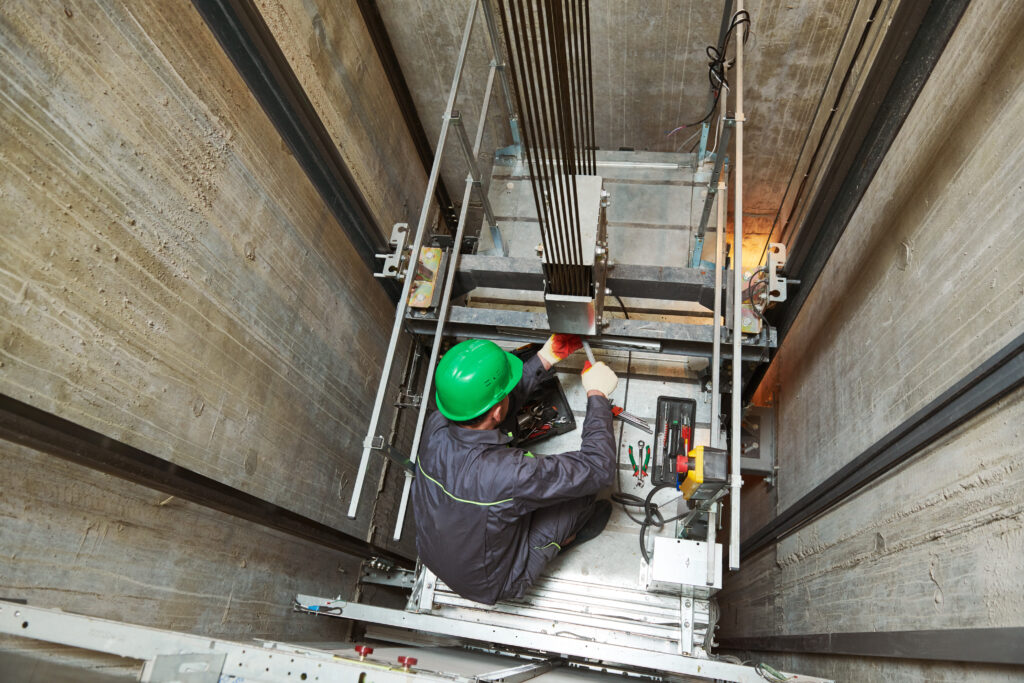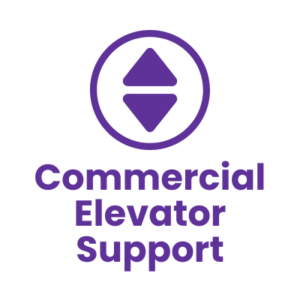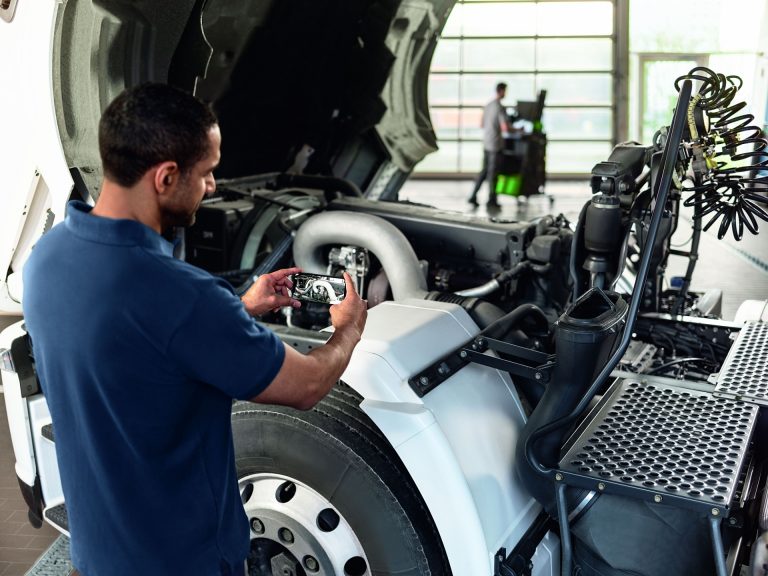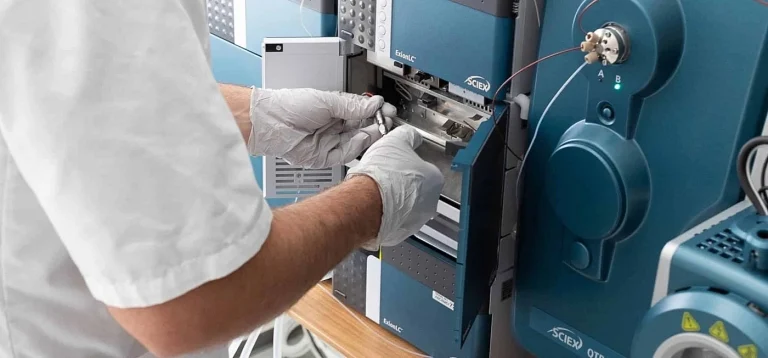
The Client
A global engineering company specializing in the production of elevators, escalators and moving walkways for commercial customers employs Salesforce as its digital customer relationship manager. The company operates across 40 countries with more than 20,000 field engineers. Committed to modernizing infrastructure in urban spaces, it has recently invested in new technologies like touchless building components and antimicrobial surfaces.
The Challenge
Five years ago, the client launched a technical help desk (THD) to assist its technicians with field maintenance. It hoped to reduce the number of times second and third field techs were dispatched to a job site to troubleshoot an issue, instead training technicians to call the THD and speak with an expert remotely when problems arose.
If a solution could not be reached over the phone, a video call could be launched through the Salesforce platform. Of about 200 THD inquiries per day, the company estimated that between 8% and 10% used video calls, typically the most complex or challenging cases. The previous remote assistance supplier led to problems such as extensive setup time, limited Salesforce integration, and mixed user experience feedback.
“It undermined what we were trying to do,” the manager said. “If techs were telling us the call quality was spotty or the app collapsed while they were using it, it was difficult for us to encourage broader usage or promote the technical help desk as a positive change.”
The client was eager to transition to a solution that also allowed the seamless integration of data collection in real-time with Salesforce. Integrated global data could then be analyzed to refine remote assistance processes, targeting situations and business areas needing improvement and driving greater operational efficiency.
The Solution
The client chose SightCall for its virtual assistance needs, attracted to its ease of integration with Salesforce. The company seamlessly transitioned its 700 THD agents onto the platform within a matter of days.
Once the need for a video call was determined case-by-case, an agent could assist technicians remotely through augmented reality (AR) and artificial intelligence tools. The calls were launched from within the technician’s Salesforce console on their phone, without any need for additional apps or tools.
With SightCall’s advanced AR capabilities, agents harnessed tools like remote activation of the smartphone camera to illuminate dark spaces, direct annotation of items of interest by drawing or marking on the screen, and Smart Optical Character Recognition capturing text, barcode or QR codes for immediate transfer.
Because the data from each session is instantly fed back to the Salesforce work order, with little to no button-clicking or manual syncing required, the client was also able to realize its goal of collecting information across different job types and curating it in a central database for strategic use.
The Results
Within six months of deploying SightCall, the client saw a 19% decrease in its technician callout rate and a 50% increase in first-time fix rates, which now exceed 80%. For a company committed to improving its carbon footprint, the reduction in truck trips also created what one of its IoT architects called “a huge leap forward.”
“There’s no question that SightCall was a game-changer for us,” he said. “From the high-definition call quality to the self-training opportunities virtual assistance provides for technicians, the entire process has improved our key performance indicators beyond expectation.”
With the COVID-19 pandemic reducing the need for some remote calls because of the reduced use of elevators, the data the client compiled from hundreds of SightCall sessions allowed for remote support resources to be quickly and efficiently mobilized to other business areas.
“We didn’t even need to think about it,” stated another manager. “We knew exactly where else this technology could be used and were up and running almost instantly.”



